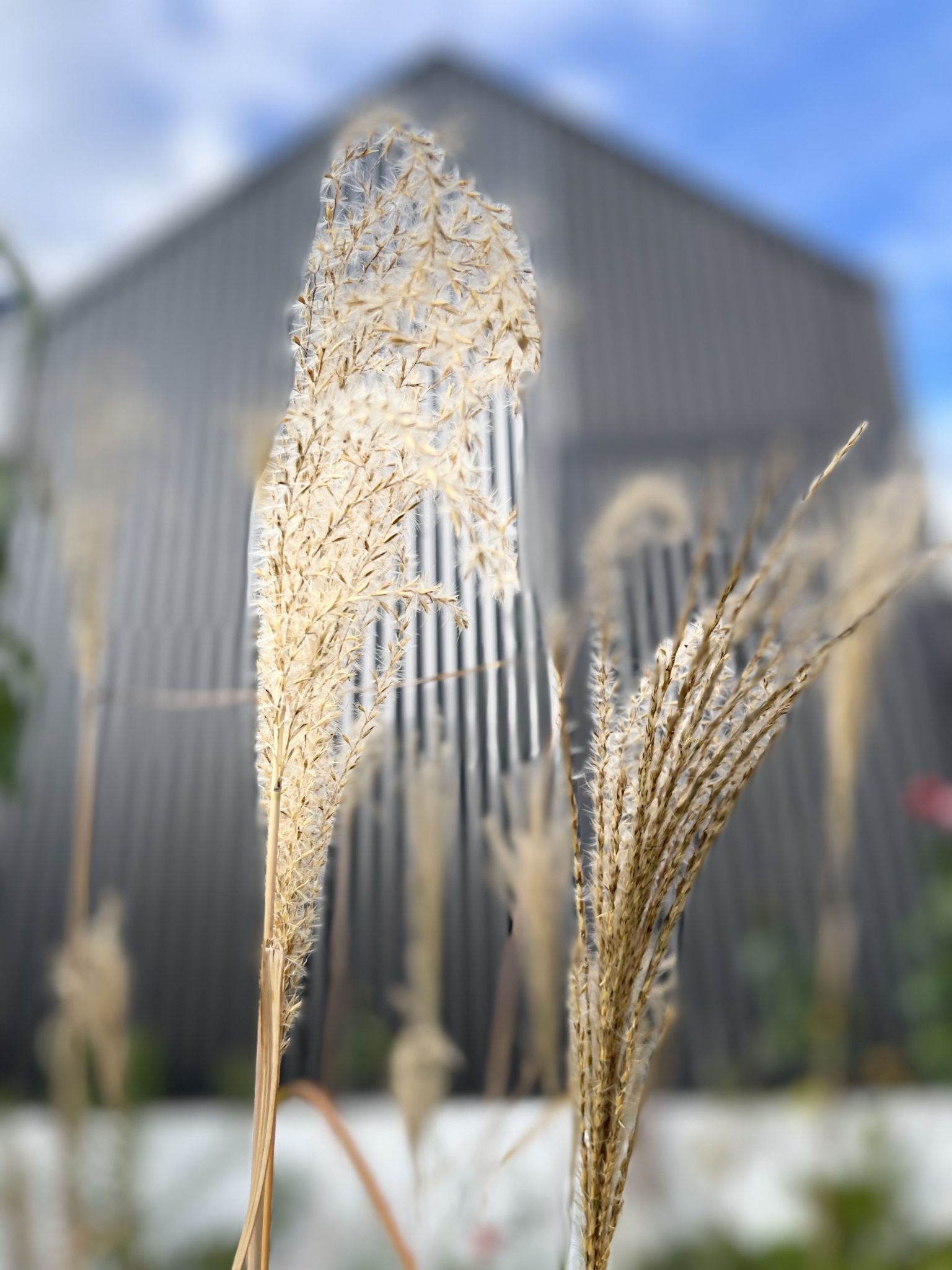Feeling exhausted, brain fog, waking up feeling as if having not slept, or not able to get a sound sleep, feeling heavy in the body, short of breath, pain in the body and / or diarrhoea? Feeling blue; feeling anxious? Normal daily chores becoming too difficulty to complete; work getting harder as your brain does not seem to be as clear. This is now more than two or three months after the initial infection of SARS-CoV-2. You wonder if and when you will feel normal again; and if you will ever feel normal again.
If the above mentioned scenario applies to you, then you are not alone. What you are experiencing is called “long COVID”, a term was invented by people who still suffer from symptoms of COVID-19 weeks or months down the track. It was mentioned as early as March 2020 as “COVID long-haulers”, borrowing a term used by truck-drivers who work long shifts regularly. The World Health Organization (WHO) formally accepted this new condition and labelled it as “post COVID-19 condition” in October 2021 after an international survey of patients, researchers and experts in the field.
One in 10 to one in three people infected with SAR-CoV-2 could develop long COVID. Currently over 9 million Australians have had this virus, and about one to three million could suffer from long COVID as we are speaking. The Greater Geelong has in total about 97,000 cases since the start of pandemic, that is to say one in three Geelong residents has had COVID, and one in 30 to one in 10 could suffer from long COVID in one way or another, presenting a significant challenge to individuals and to the healthcare system. This debilitating condition is more common in adults than in children, more common in people who were hospitalised for COVID or those who have pre-existing underlying chronic diseases. However every adult who has had COVID-19 could develop into long COVID even they had no symptoms or mild symptoms at the initial infection stage.
There is no definitively diagnostic tool for this new condition. To meet WHO’s definition of post COVID-19 condition, one must meet the following criteria
- with a history of probable or confirmed COVID infection,
- symptoms persisting 3 months from the onset of COVID-19 symptoms;
- symptoms lasting for at least 2 months and not be explained by an alternative diagnosis; and
- common symptoms are fatigue, shortness of breath, cognitive dysfunction and others that impact on everyday functioning.
Those symptoms may fluctuate or relapse over time.

It is essential that individuals check their symptoms with their GP to rule out organ damages or other health conditions. How long COVID is developed or for how many more months the symptoms might present is unknown at this stage. Consequently here is no effective treatment. At Geelong Chinese Medicine Clinic, we have been using acupuncture to treat the symptoms associated with long COVID with some good results. Our observation is consistent with the limited case reports in the literature on the use of acupuncture. So far no clinical trials have been conducted to examine the effect of acupuncture.
Our experience is that acupuncture is safe, and offers alleviation and hope to individuals. Symptoms like bodily pain, headache, diarrhoea, abdominal pain, and sleep disturbance respond well to acupuncture. We also see improvement in sleep disturbance and brain fog. It is pleasing to see that acupuncture could help people to gain some function back or to facilitate their recovery.
In the next blog, we provide our understanding of how acupuncture might be able to help long COVID; and what one could do to help themselves.
